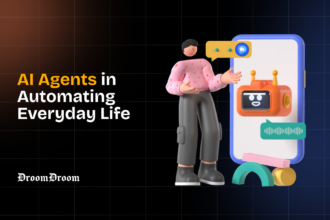Artificial intelligence and Web3 have been two of the most revolutionary technologies of this era. AI has already become a significant part of the central building block of the world’s software. According to PwC estimates, AI will contribute a staggering $15.7 trillion to the global economy by 2030, resulting in a 14% increase in global GDP. As we as a generation are on the cusp of a new technological era, the transition to Web3, AI, will play a significant role in shaping the digital world we will live in.
- What is Web3?
- What is AI?
- What Factors Contribute to WEB3 Adopting ML Technologies From a Top-Doen Approach?
- Technical Complexity
- Security and Privacy
- Scalability and Performance
- Standardization and Interoperability
- Key Challenges Faced by AI: Web 3.0 as a Solution
- Popular Web3 Platforms Using AI
- Conclusion
AI will revolutionize the Web3 world by adding remarkable automation, personalization, security, advanced data analytics, and improved smart contracts. Integrating AI with Web3 will redefine how Web3 works by focusing on what’s best for users.
Let’s delve into each topic one by one to learn more about the evolution of web3 with AI, starting with what is web3.
What is Web3?
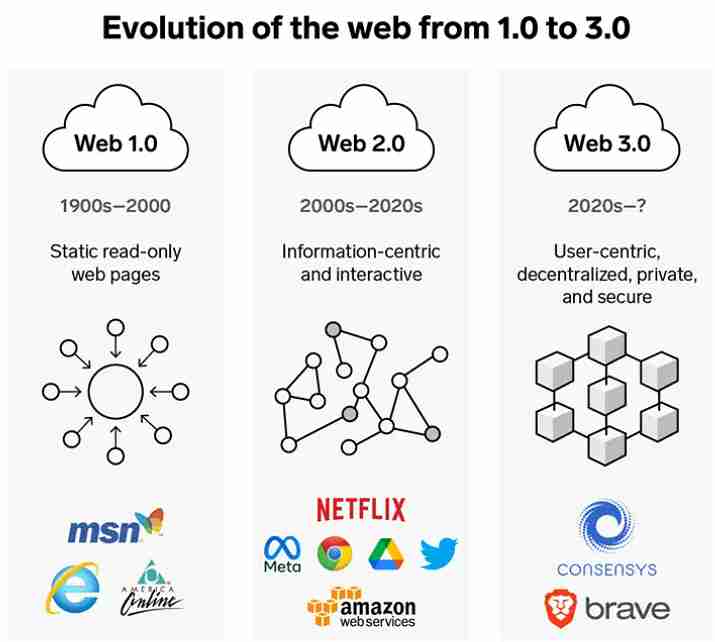
Web3, widely known as web3.0, is the third generation of the World Wide Web. It is a next-generation on the internet that envisions a decentralized, secure, and user-centric digital ecosystem that works on Blockchain technology.
Web 3.0 is an innovation over Web 2.0. Here, data is controlled by users rather than one giant entity or company, resulting in more privacy and no censorship. Rewards earned are distributed equally among all the stakeholders or users in this case.
The Main Pillars of Web 3.0
Decentralization
Decentralization is a core aspect of web3. As Web2 uses HTTP to locate information, web3, being Blockchain-based, stores information at multiple locations across a network. It gives users more data control than big tech giants like Google and Meta. It enables users to sell their data according to their own will.
Connectivity
Information and content are more accessible in Web 3.0 as it’s stored at multiple locations and can be accessed by various devices worldwide.
Artificial Intelligence and Machine Learning
Web3 will use technologies like NLP ( natural language processing) and semantic web to make their systems more advanced and receptive, like human intelligence.
Web3 will also utilize machine learning, which uses a large amount of data to train algorithms, improving accuracy and results.
Are you new to Web3? Here’s a Comprehensive guide to know all about Blockchain forks by Droomdoom.
What is AI?
Artificial intelligence (AI) is the simulation of human intelligence by computer systems, capable of performing complex tasks that require reasoning and problem-solving. AI systems run by consuming large amounts of data that are later used to train machine learning algorithms.
They then analyze the data to find patterns to model their decision-making or predict future states. This type of learning is called supervised learning. But some AI systems learn without supervision, for instance, by playing a video game repeatedly until the system knows every rule and way to win. This type of learning is categorized as unsupervised learning.
There are three cognitive skills on which AI programming is based – reasoning, learning, and self-correction.
Types of Artificial intelligence
Weak AI
Systems designed to perform particular tasks only. Personal assistants, Amazon’s Alexa, and video games are examples of weak AI.
Strong AI
Systems that can perform tasks that require human intelligence and are more complex and complicated. For example, self-driving cars.
Ways Evolution of Web3 with AI is Made Possible
Automation
AI’s ultra capability to learn and automate tasks can help Web3 users escape tedious and time-consuming tasks. From minting new NFTs to managing digital wallets, AI can seamlessly shoulder these responsibilities and liberate users to focus on more creative tasks.
Personalization
AI can significantly personalize Web3 users’ journeys and make their experiences more customized and engaging by analyzing user data like browsing history and using machine learning algorithms like collaborative and content-based filtering. AI algorithms can generate personalized recommendations and services that align with users’ needs and interests.
For example, AI can be used in advertising to make targeted marketing campaigns by analyzing user data to make it appealing and most relatable to individual users, resulting in better advertising and conversion rates.
Data Analysis and Insights
AI-driven analysis can play a crucial role in developing the Web3 ecosystem. The key aspect of AI analysis is that it can process large amounts of vast, complex, and diverse datasets generated by decentralized platforms, users, transactions, and execution of smart contracts. AI can find uncovered patterns and insights that can contribute highly to the growth and development of the Web3 ecosystem.
Security
AI can play a vital role in enhancing security and trust within the Web3 ecosystem by identifying potential risks, vulnerabilities, threats, or hacks. By proactive detection of any future cyber threats or dangers, AI can help Web3 maintain a secure and safe environment by keeping data private through advanced encryption and anonymization.
Machine learning algorithms can be trained on large data sets to identify future cyber threats, such as phishing attacks or unauthorized access to an account.
AI can be used for unique protection by providing personalized authentication to each user by analyzing their behavioral patterns or user-specific characteristics like facial features. This will help web3 platforms to become more robust and less vulnerable to fraud and impersonation.
Smart Contracts
AI implementation can significantly revolutionize the functionality of smart contracts in Web3 by integrating advanced decision-making capabilities and enabling dynamic transactions on any Web3 platform.
Smart contracts are, like any contract, executed an agreement with terms and conditions written into a code. It does not need any broker or intermediaries to execute the agreement, thus reducing the probability of manipulation and ensuring trust and transparency.
What Factors Contribute to WEB3 Adopting ML Technologies From a Top-Doen Approach?
Adopting machine learning (ML) technologies follows a top-down approach mainly due to its complex infrastructure, which needs experts to implement ML technologies into the Web3 ecosystem.
The top-down approach is adopted in Web3 for ML technology for several reasons:
Technical Complexity
Integration of ML technology in Web3 space requires a deep understanding of both Decentralization Infratech and ML algorithms. Seamless integration of ML technologies in decentralized infrastructure demands expertise as it’s very intricate.
Security and Privacy
Providing security and privacy is one of the primary goals of Web 3.0. Integrating ML technology through a top-down approach allows experts to design and implement ML solutions that align with the core principles of Web3, ensuring that these goals are not compromised.
Scalability and Performance
Implementing ML technologies requires addressing significant challenges with Web3, including scalability and performance. The top-down approach helps ensure that ML solutions designed are intended to make the Web3 ecosystem more efficient and scalable.
Standardization and Interoperability
For effective adoption of ML technologies across Web3 platforms, standardization and interoperability must be achieved. Top-down adoption allows a more unified approach and promotes collaboration among stakeholders.
Key Challenges Faced by AI: Web 3.0 as a Solution
With large language models like ChatGPT and Midjourney, we have seen a drastic change in digital content creation and businesses.
While these technologies offer many advantages, such as high-quality content, increased productivity, and efficiency, they also come with many new challenges.
Here, we have uncovered some critical challenges in generated content and potential threats that must be addressed.
Fake Spread of News
One of the significant problems of AI-generated content is the propagation of fake content. With language models like ChatGPT and Midjourney, producing realistic news articles and pictures is easy, making it more challenging to differentiate from human-written content. Keeping track is more complex as the line between reality and fiction becomes blurred. It can result in a potential collapse in the perception of reality.
Solution
Various tools have been developed to check the content’s origin, with metadata tracking and reverse image searches. Many organizations like factcheck.org are working to burst fake news stories and maintain a trustworthy ecosystem. Blockchain can play a vital role in tracking the authenticity of the content by storing their metadata, the author’s identity with a timestamp of publication, on a decentralized and tamper-proof ledger where readers can verify the origin of information.
Trust Collapse
The rapid increase in AI-generated content can result in the trust collapse of the public as it becomes harder to look into the authenticity of the content. Trust collapse can raise implications for journalism and businesses that highly run on public trust, only undermining the credibility of the content produced. This makes establishing accountability for any wrongful facts or inaccuracies presented in the range harder. As a result, the public becomes skeptical about any content they come across.
Solution
Transparency with the origin of the content, such as watermarking or labeling the source, can help. Blockchain can play an important role here as any piece of content stored on Blockchain is verified. by validators, which makes every piece of information stored there unique with the help of hash value allotted to every individual piece of information, which is interlinked with previous information stored, hence making a chain.
Exploitation of Law
AI-generated content can be used to exploit loopholes in laws and regulations. For example, AI can create convincing, deep, fake videos and audio, altering court proceedings and results.
Solution
Lawmakers should be aware of AI advancements and develop policies and regulations restricting cause mishaps. Collaborative work between AI researchers and Lawmakers will ensure that.
Blackmails and Threats
AI-generated blackmail can take many forms:
- Deepfakes: AI can generate very realistic videos, images, and audio, which can be used to threaten anyone and put them in compromising situations with the threat of public exposure.
- AI-generated threats: AI’s capability of producing personalized content can raise considerable dangers of creating convincing and personalized blackmail, playing on their fears and vulnerabilities.
- Fabricated documents: AI-generated content can be presented as authentic documents, which become more complex to differentiate from the original one. This can result in coercing victims to pay huge ransoms and comply with the blackmailer’s demands.
Solutions
Machine learning algorithms can be trained to identify patterns and commonalities of AI-generated threats and signs of manipulation. To combat AI-generated threats, collaborative work of lawmakers and cybersecurity professionals to detect and restrict any mishaps.
A decentralized reputation system can help users identify trustworthy content and counterparts and promote transparency.
Popular Web3 Platforms Using AI
Medibloc
It is a decentralized healthcare platform built on Ethereum Blockchain. It aims to provide efficient and effective healthcare by enabling secure, transparent data transfer. It uses smart contracts for data sharing and accessing other healthcare services.
It has its own MED cryptocurrency, which facilitates transactions and rewards users who are willing to share their data. Medibloc has its own AI system, which analyzes the stored data to identify patterns and trends to provide personalized treatment recommendations and automate tasks such as reminders for taking medication.
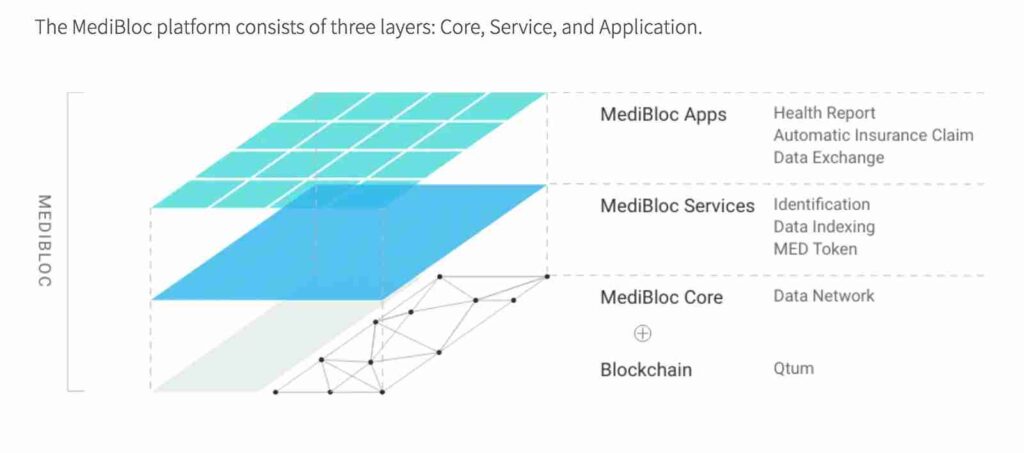
Augur
Founded in 2014, Augur is a decentralized prediction market platform built on the Ethereum blockchain. Here, users can predict the outcome of events like sports games and elections and trade on those outcomes.
Augur has an AI system that improves the accuracy of predictions by analyzing data from various sources like news, social media posts, and the internet to find patterns and trends that might affect the outcome. It also rewards its users when they predict accurate results.
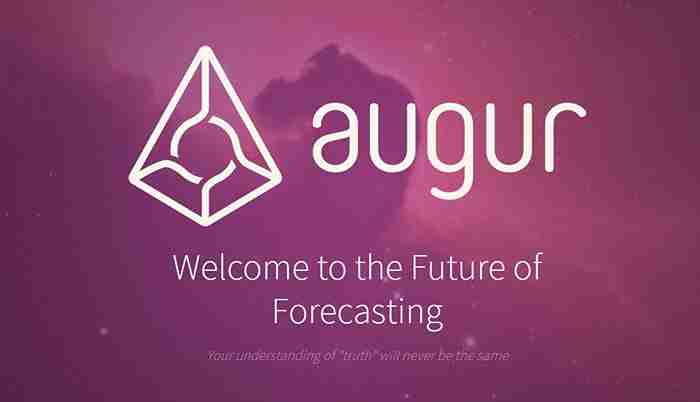
Chainanalysis
Founded in 2014, Chainanalysis is a Blockchain analytics platform. It is used by multiple organizations, including cryptocurrency exchanges, financial institutions, and law enforcement agencies, to detect and prevent fraudulent and illegal activities on Web3.
Chain analysis has a proprietary dataset of known addresses and transactions of fraudulent or illegal activities, which they use to check for suspicious activity on the Blockchain.
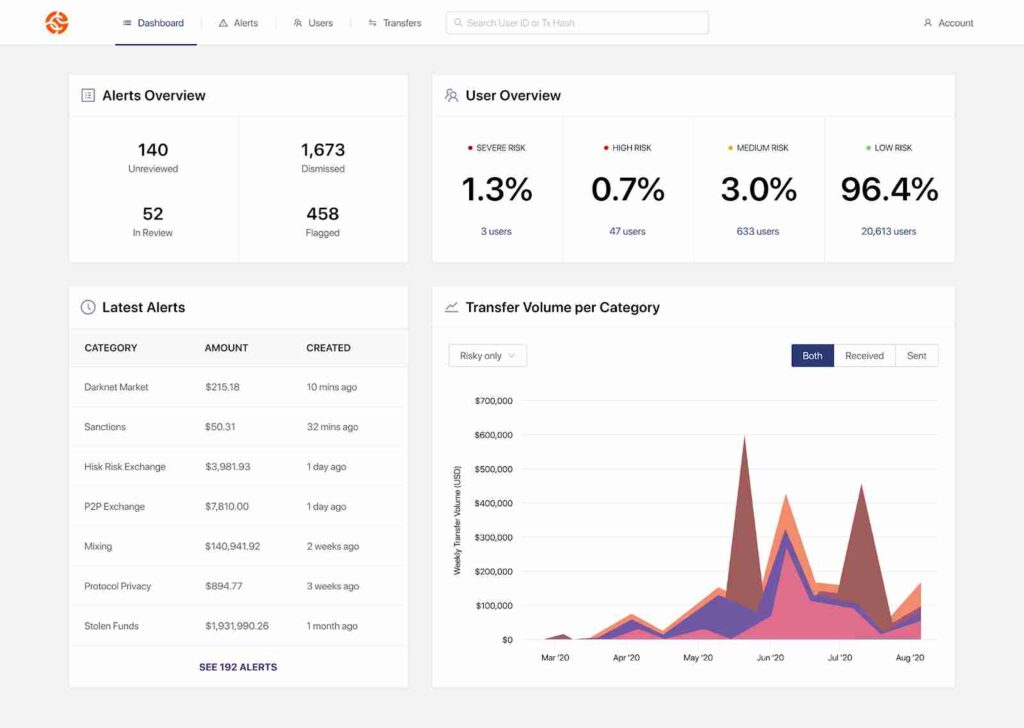
Conclusion
Web3 stands on the door of immense possibilities, and its integration with AI will serve as the cherry on the cake. With the potential to influence various fields of the digital ecosystem, the implication of AI is significant in web3. As we embark on a journey of exploring the implications and applications of AI in web3, we will witness notable advancements in the coming years.



















